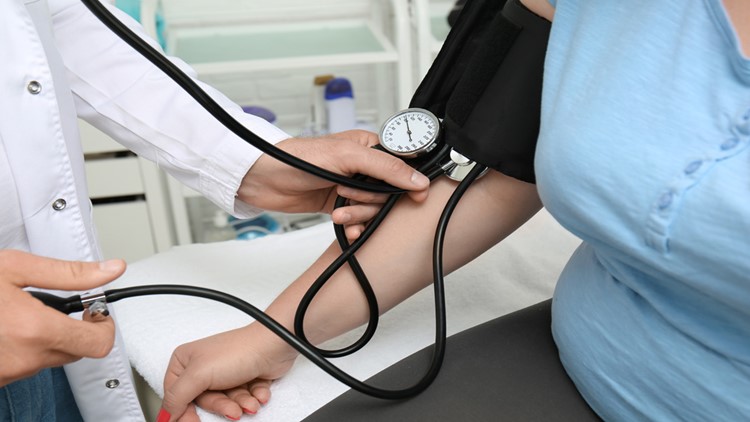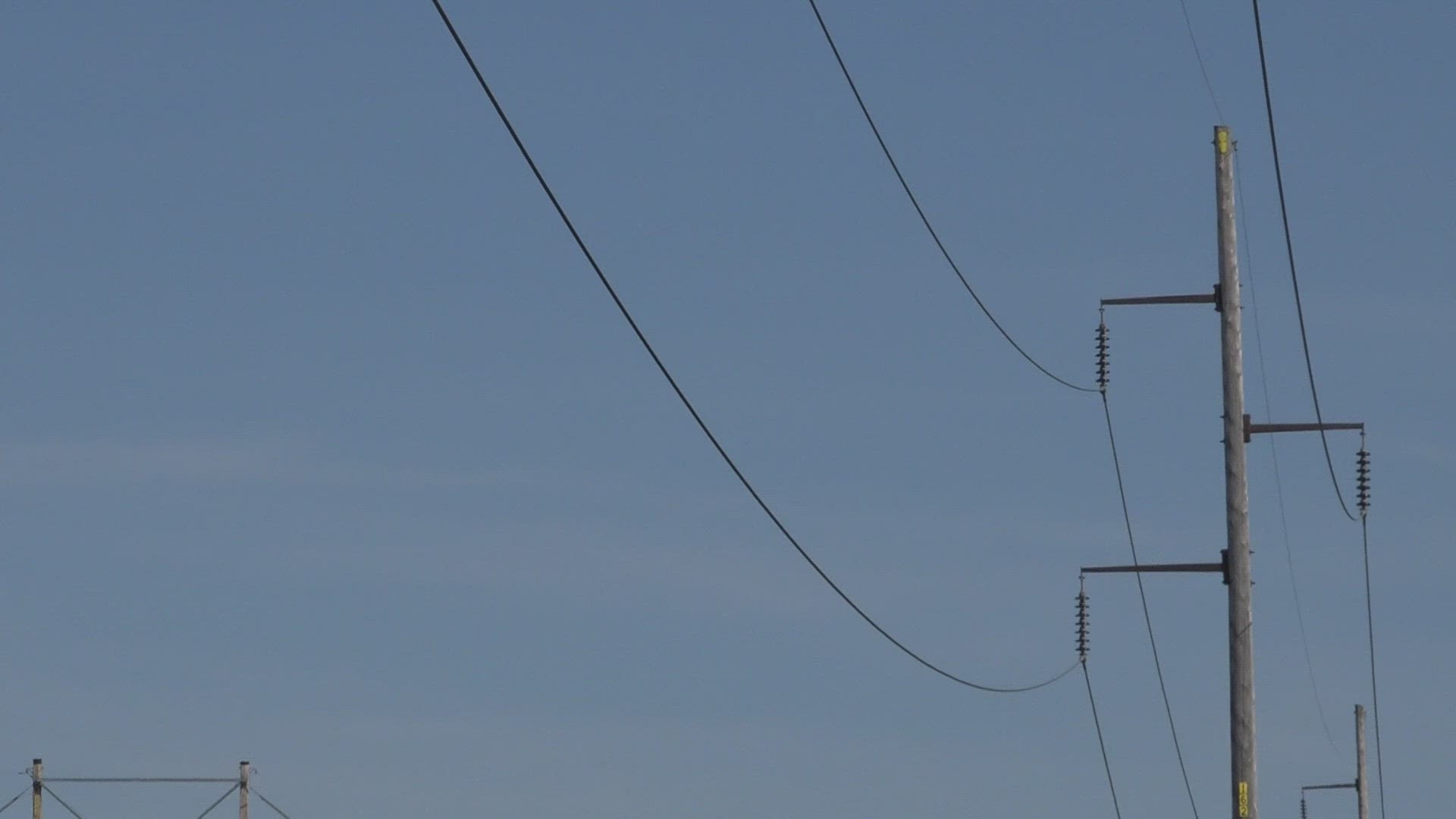PHOENIX — Heart disease affects nearly all of us either directly or indirectly. It can strike a devasting blow with little to no warnings, leaving family and friends feeling helpless. There is one thing we can all do though: learn CPR.
Kathie Reilly showed no symptoms. Her husband, who was in law enforcement, just happened to hear what he thought was snoring. Something Reilly says she does not do.
“So he rolled me over,” she said, “got the light on and realized that I was actually gasping for air.”
She was in full cardiac arrest. And she says she lived somewhat out of town, so it was 18 minutes from the time the call went out to the time medical transport got there. Ultimately, she says she was shocked four times.
“I am here today because he knew to start CPR. He couldn’t get a breath in, so he did hands only,“ she said.
Dr. Martha Gulati – the chief of Cardiology at the University of Arizona – said Reilly’s case is an anomaly.
“We know that most people who have cardiac arrest do not survive,” Dr. Gulati said. “Often because it’s not witnessed or because people don’t initiate CPR.”
And for women – the outlook is worse. Researchers at the University of Pennsylvania found that men are more likely to receive CPR from a bystander in public. They believe males feel uncomfortable performing CPR, because they would have to come in contact with her breasts for chest compressions.
According to the study, this leads men to a 23% higher chance of survival.
“And when you look at the Annie doll that commonly people are trained on,” Gulati said. “She is a woman by name, Annie. But Annie doesn’t have breast, unfortunately. And that is leading us to not teach CPR appropriately.”
Dr. Gulati also said men should not worry about hurting women, noting if you aren’t breaking bones during CPR, you probably are not doing it right.
As for Reilly, she is protected by a pacemaker. But she says most days she feels great and encourages everyone to get educated.
“If you are able to save a life that’s something that you carry with you forever,” Reilly said.
There is a project called the Womanikin that attaches to the CPR doll to have it more closely resemble a woman’s body.



